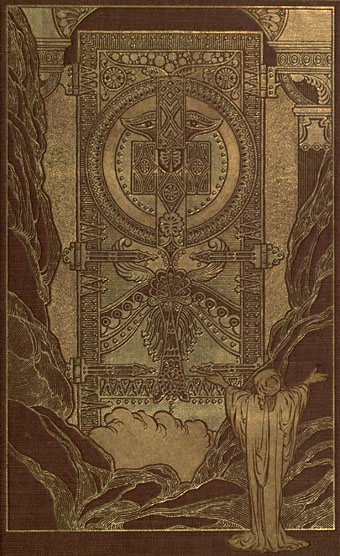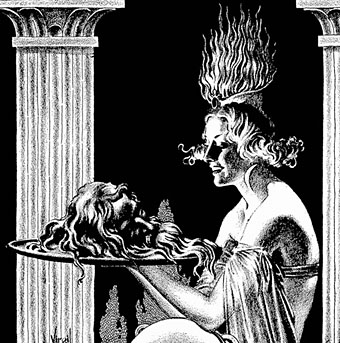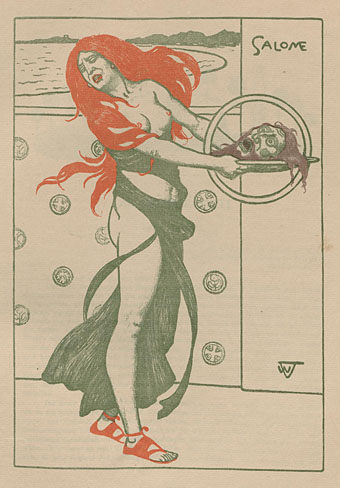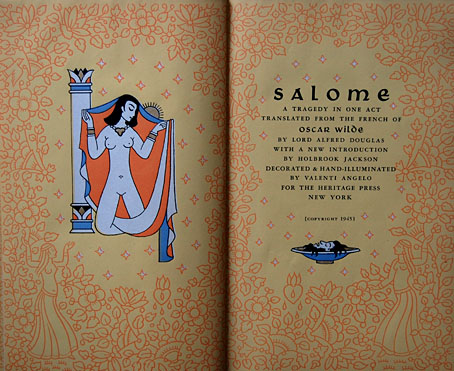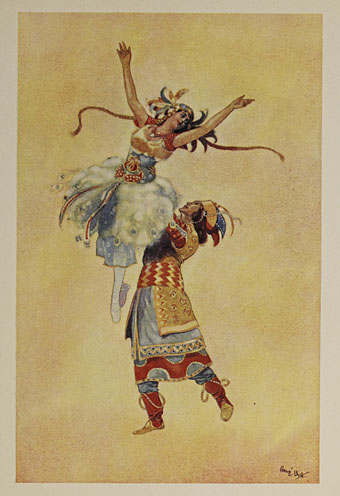
L’Oiseau de feu.
I’m sure I’ve said this before but one reason I spend so much time scouring the Internet Archive is in the hope of turning up gems like this recent arrival. The Russian Ballet was a study by Alfred Edwin Johnson of the Ballets Russes, written for an English readership and published in 1913 shortly after Diaghilev’s company had staged their historic performance of Le Sacre du printemps in Paris. Johnson discusses this event, which he attended, but he gives equal space to examinations of the company’s other ballets, from earlier avant-garde pieces like L’après-midi d’un faune to that hardy perennial, Swan Lake. In place of production sketches or photographs we have René Bull’s many illustrations, in colour plates and black-and-white drawings, with the chapters being announced by a title in a graphic style that matches the theme of each ballet. I’d only seen a few of these before on a Flickr page so it’s a treat to see the whole book at last.
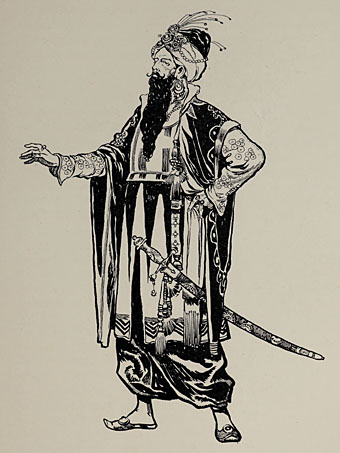
Schéhérazade.
Johnson’s discussion has a tendency to falter when faced with the difficulty of describing a wordless artistic medium. The problem is compounded by the radical nature of many of the ballets, so that Bull’s illustrations become an essential component of the book, giving a flavour of the costumes and dances while the author attempts to relate the emotional qualities of the performances. Bull’s work here isn’t as elaborate is in his illustrated Rubáiyát but then the drawings are serving a documentary purpose.
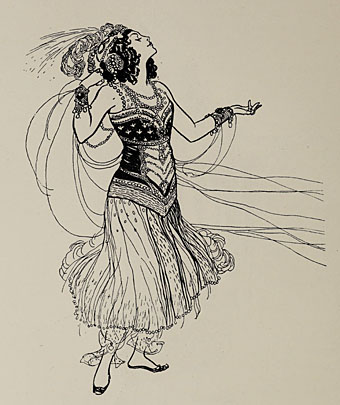
Schéhérazade.
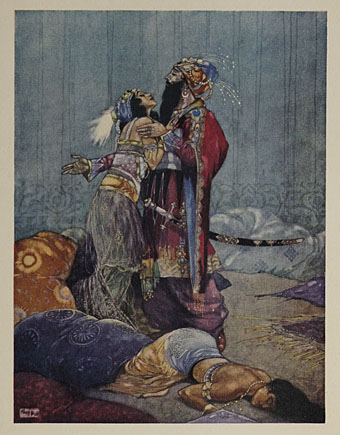
Schéhérazade.
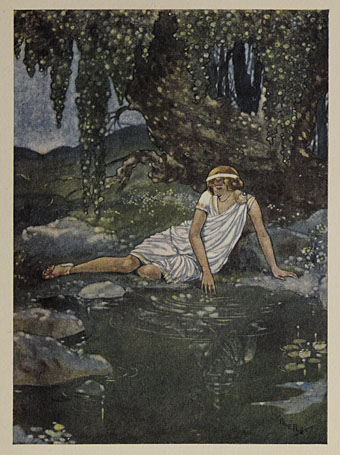
Narcisse.

